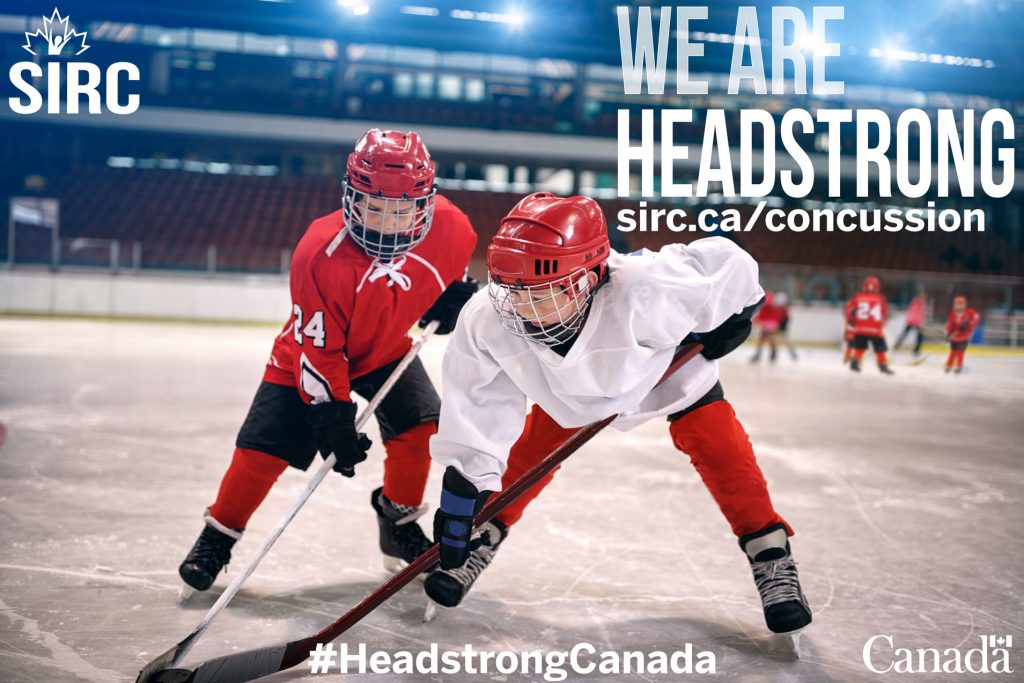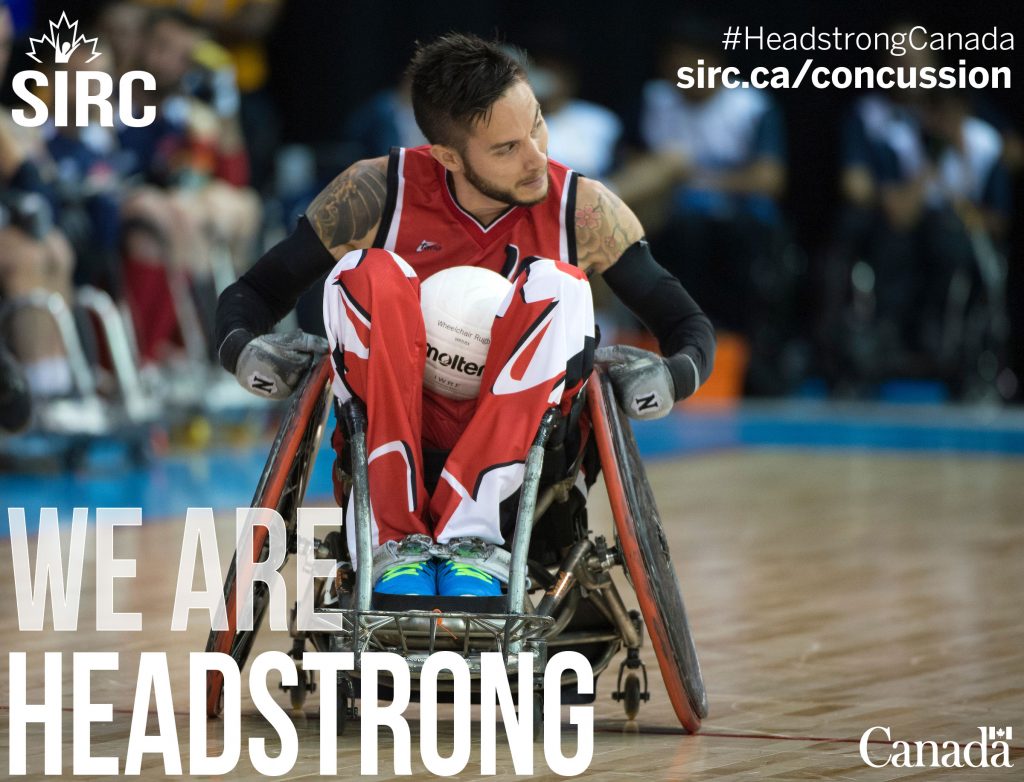Rowan’s Law Day 2019
Today is “Rowan’s Law Day” – commemorated annually on the last Wednesday of September to raise awareness about concussion prevention and management. Learn more about Rowan Stringer and SIRC’s Four Rs of concussion management, then use #RowansLawDay and #HeadstrongCanada online to share how you, your team, or your organization is taking action.
Concussion Newsletter – September 2019
SIRC’s monthly concussion newsletter is the go-to source for best practices from Canadian and international sport organizations, and recommended resources from Sport Canada and the Public Health Agency of Canada. The September edition shows Hockey Canada’s quest to create a sport-wide culture shift on concussions. “When the information is solid and the approach is consistent from sport to…
Leveraging Consistent, Reliable Information for Culture Change

The signs are out there. The culture is shifting. Approximately twenty years after introducing its first concussion prevention and awareness program, Hockey Canada says it’s a very different sport landscape now. Players, parents and coaches are becoming far more knowledgeable about concussions – from prevention through to recovery. “I’ve been at this since the late…
Hockey Canada – Concussion Toolbox
Approximately twenty years after introducing its first concussion prevention and awareness program, Hockey Canada says it’s a very different sport landscape now. Changing norms and attitudes have helped increase appreciation for the risks and consequences of concussion, creating an environment that’s far more accepting of strong protocols and policies. Read more in this week’s SIRC…
Champion Article – Parapan American Games CMO
A 2018 review published in the journal Physical Medicine and Rehabilitation Clinics, co-authored by the University of Ottawa’s Dr. Jamie Kissick, revealed that concussions were consistently under-reported at international Para sport games. In the #HeadstrongCanada blog series, SIRC talks to the Chief Medical Officer of the Canadian Parapan American and Paralympic Team about the recent…
Concussion Newsletter – August 2019
SIRC’s monthly concussion newsletter is the go-to source for best practices from Canadian and international sport organizations, and recommended resources from Sport Canada and the Public Health Agency of Canada. The August edition highlights the Canadian Paralympic Committee’s data-informed approach to concussion management and prevention, Nova Scotia’s collaborative approach to concussion management, and more. Sign…
Champion Article – CPC
In the lastest blog in our #HeadstrongCanada series, SIRC talks to Dr. Andy Marshall, Chief Medical Officer of the Canadian Parapan Am and Paralympic Team, about the importance of clear protocols and proactive concussion prevention and management strategies. Click here to read today’s blog and access the others in the series.
Addressing Under-reporting of Concussion in Para Sport

Given the high-impact nature of many Para sports, concussions may seem like an inevitability. According to Dr. Andy Marshall, Chief Medical Officer of the Canadian Parapan Am and Paralympic Team, stronger data has elevated the national dialogue around this fact – and the Para sport community itself has made leaps and bounds in a short…
Concussion Newsletter – July 2019
SIRC’s monthly concussion newsletter is the go-to source for best practices from Canadian and international sport organizations, practical tools, and recommended resources from Sport Canada and the Public Health Agency of Canada. The July edition highlights Artistic Swimming Canada’s data-driven approach to concussion management and prevention, B.C.’s Concussion Awareness Training Tool (CATT), and SIRC’s new video…
Concussion Blog – Artistic Swimming
Most Canadians would not consider artistic swimming a contact sport, but athletes and coaches know the risks. The physical demands, technical components and water environment of the sport require unique concussion policies and practices, especially related to athletes’ “Return to Sport.” Learn more in today’s SIRC blog.